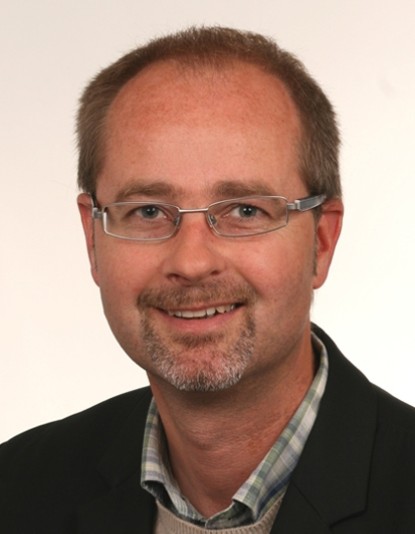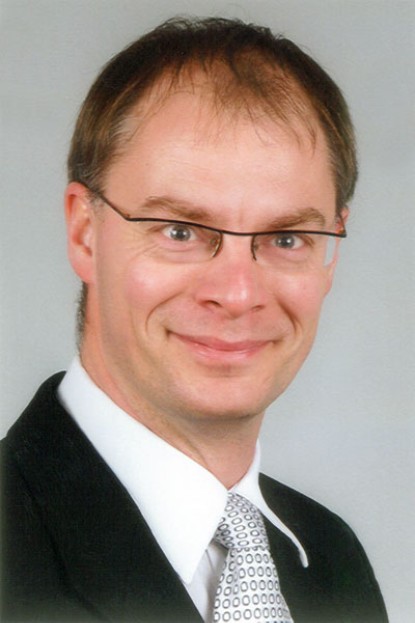
The back-scattering of intense laser pulses from an ultra-relativistic electron beam provides high-energy electromagnetic radiation in the X-ray and gamma-ray regimes. These novel radiation sources allow to probe atomic nuclei with intense polarized gamma-ray beams whose energy is precisely known. The projects of project area B focus on the investigation of collective excitations of medium-mass and heavy nuclei, i.e., where a large number of the protons and neutrons making up the atomic nucleus participate in a joint motion when excited by a gamma-ray. With the planned experiments, the response of the nuclear system to electromagnetic radiation at or above the particle separation threshold will be probed: How will the nucleus decay? What (and how many) quantum states are populated? In case of very heavy nuclei, will they burst into large fission fragments? Until the intense, monochromatic gamma-ray beam at ELI-Nuclear Physics in Romania comes online, experiments will be carried out with bremsstrahlung at TU Darmstadt’s S-DALINAC and at other facilities such as HIgS at Duke University in North Carolina, USA.
Project area coordinator: Prof. Dr. Joachim Enders


